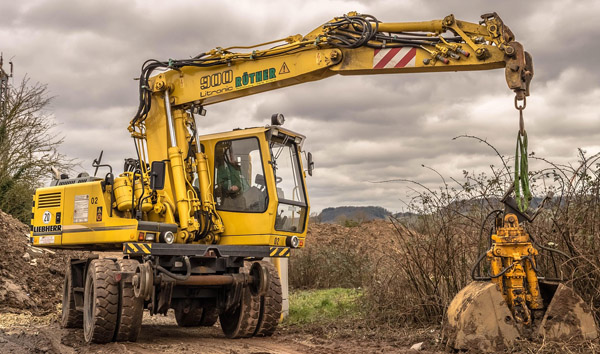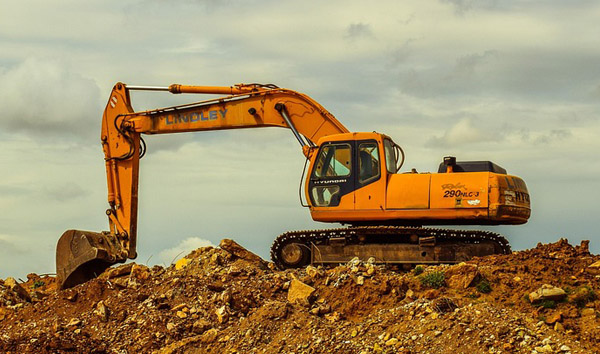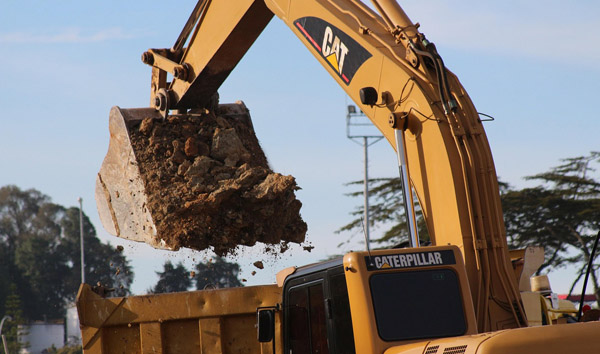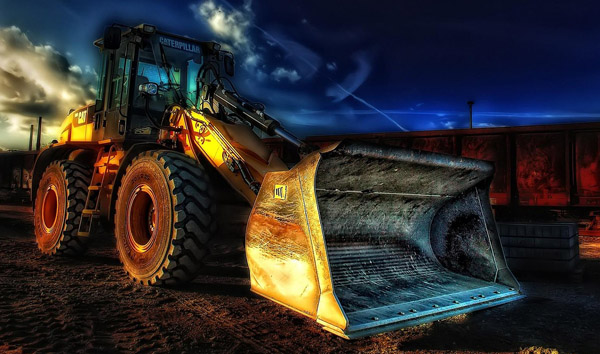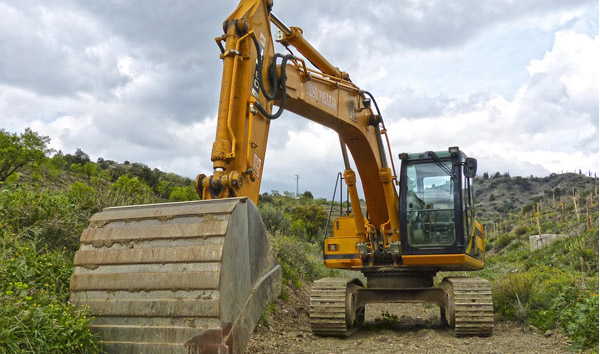Navigating the Robust Capabilities of All-Terrain Forklifts
2025-08-06 05:20:31
All-terrain forklifts are engineered to handle rugged outdoor conditions, offering superior stability and lifting capacity compared to conventional models. Key specifications include a reinforced chassis, heavy-duty tires, and advanced suspension systems, ensuring optimal performance on uneven surfaces. These forklifts typically feature load capacities ranging from 5,000 to 15,000 pounds, with lift heights extending up to 20 feet. Their robust construction allows for seamless operation on construction sites, agricultural fields, and other demanding terrains.
One of the standout features of all-terrain forklifts is their powertrain configuration. Most models are equipped with high-torque diesel engines, delivering between 50 to 100 horsepower, which ensures consistent performance under heavy loads. Additionally, hydrostatic transmissions provide smooth acceleration and precise control, even on steep inclines. The inclusion of four-wheel drive (4WD) and differential locks further enhances traction, making these forklifts indispensable for off-road applications. Industry data indicates that 4WD all-terrain forklifts reduce slippage by up to 40% on loose or wet surfaces.
When evaluating all-terrain forklift specifications, ergonomics and operator safety are paramount. Modern units come with enclosed cabins featuring climate control, anti-vibration seating, and 360-degree visibility. Advanced safety systems, such as load moment indicators and automatic braking, mitigate risks during high-stress operations. According to OSHA reports, forklifts with these safety features have reduced workplace accidents by 25% in the past five years. Furthermore, noise reduction technology ensures compliance with environmental regulations, making them suitable for urban construction projects.
Another critical aspect is the forklift’s hydraulic system, which dictates lifting speed and precision. All-terrain models often incorporate dual-stage hydraulic cylinders, enabling faster cycle times without compromising stability. For instance, some high-end units achieve lift speeds of 0.5 meters per second while maintaining a 1.5-ton load capacity. The integration of load-sensing hydraulics also optimizes fuel efficiency, reducing operational costs by up to 15% compared to standard systems. These specifications make all-terrain forklifts a cost-effective solution for long-term projects.
Finally, maintenance and durability are key considerations in all-terrain forklift specifications. Corrosion-resistant materials, such as galvanized steel and polyurethane coatings, extend the lifespan of these machines in harsh environments. Predictive maintenance technologies, including telematics and onboard diagnostics, allow for real-time monitoring of engine health and hydraulic performance. Industry studies show that proactive maintenance can increase uptime by 30%, ensuring uninterrupted productivity. With their unmatched versatility and resilience, all-terrain forklifts remain a cornerstone of industrial and construction logistics.




